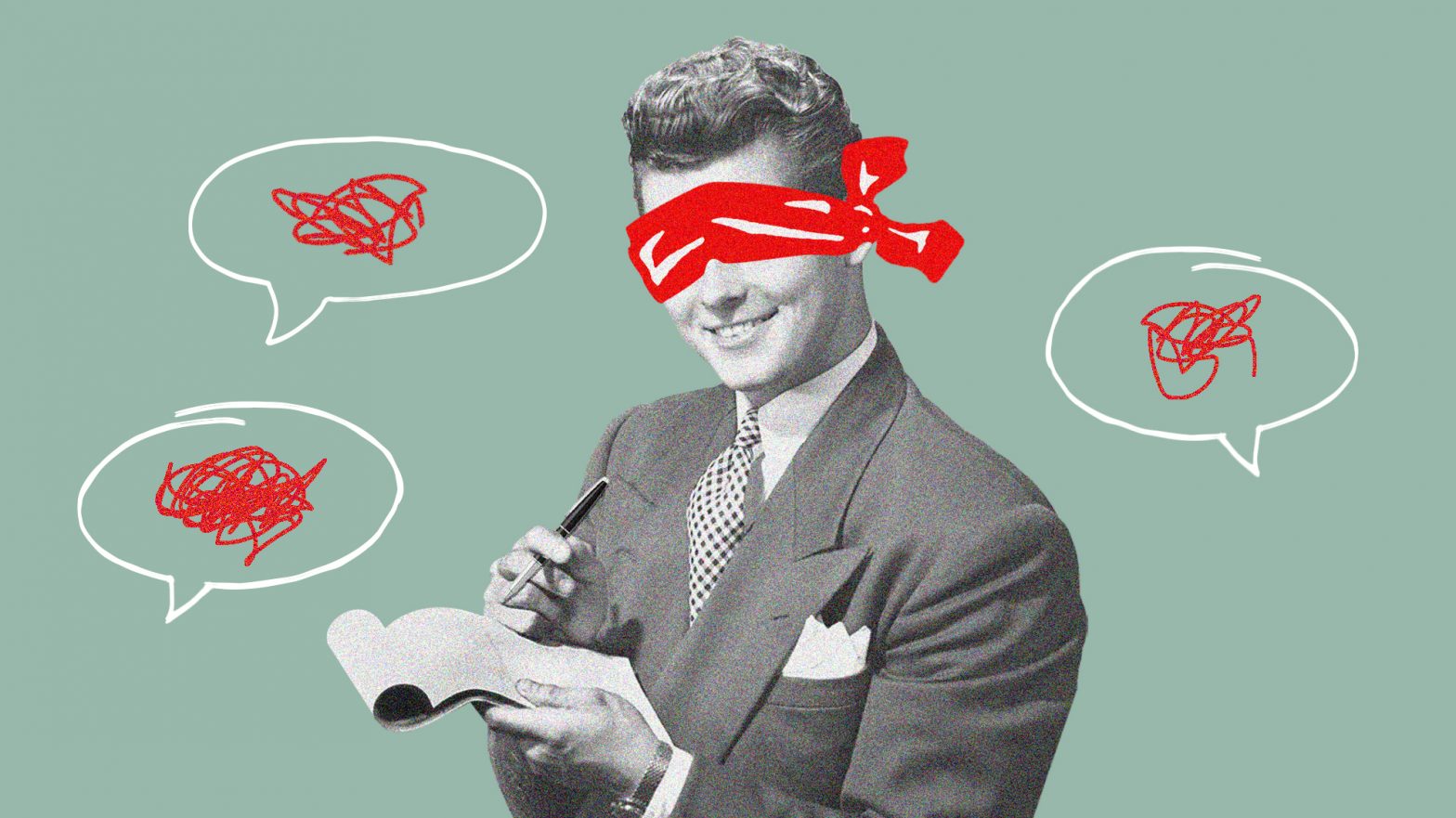When considering the ways in which a news article, blog post or sponsored ad campaign frame narratives within their text, the blatant differences must be considered. For example, a news article, in comparison to an individual blog post, is written by a journalist who works for a news publication which is likely sponsored by a rich political party, full of upper class, middle-aged men who prefer to keep their skeletons firmly secure within a political closet. Now this may not always be the case, but when it comes to the swaying of bias in news media, it is more likely that the bias prevalent is of a political nature.
When we mindlessly browse the Daily Mail, the Telegraph or The Times on the tube, are we considering whether every article, image or piece of information prevalent are accurately represented? Probably not. Although some audiences may absorb every word within an article and consider its context, narrative voice and potential societal standing; many audiences accept the text for what it is, believe the narrative and refrain from assuming the existence of framing. However, according to de Vreese (2005), “Framing involves a communication source presenting and defining an issue”. This does not automatically assume the presence of a borderline-unethical bias. Hence, we need not assume that every news or online article is intentionally sided.
Nonetheless, an interesting example of negative framing in the Media involves the recent murders and acts of violence against two women: Sabina Nessa and Sarah Everard. These two young women share very similar situations, locations and issues raised. However, the difference between the framing of the two women, as figures within news media, is rather clear. It could be suggested that the framing of these two events differ due to “the repeated pattern of discrimination in the way media and police treat victims of colour” (Ali, 2021). Sarah, a British white woman and Sabina, an Asian woman of colour were both brutally murdered by male perpetrators this year. Yet, it has become apparent that news sources have branded Sarah a poster child for the fight against male violence, leaving Sabina simply forgotten about. The last top BBC News article regarding Sarah’s death was posted four hours prior to me writing this. On the other hand, the last top BBC News article posted about Sabina was over two weeks ago. If this is not blatantly indicative of an underlying racial imbalance, whether it be intentional or not, then I don’t know what is. Furthermore, Sky News included more images of Sarah in their article ‘Sabina Nessa: Vigil held for school teacher held in Eastbourne where murder suspect was arrested’ (Speare-Cole, 2021) than they did of Sabina. Hidden behind a facade of activistic behaviour or “whataboutism” (Merriam-Webster, 2021), the reality appears more like institutionalised racism. Rather than strengthening the movement regarding male violence against women, the lack of inclusion expressed in the frame setting (de Vreese, 2005) of British news media outlets actually appears to weaken the fight because so many women likely feel disregarded.
It’s safe to say that bias does appear to live within the framing of news articles in Britain at this current moment in time, whether that be of a political or institutional nature. But that doesn’t mean that every newspaper is putting out false news or providing false information. It simply implies that, like you or I may have our own opinions regarding an event, they have theirs. Therefore, it is not necessarily false, but ever-so-slightly one sided. So maybe just be wary, or read The Independent instead.
References
Ali, H. (2021) ‘Why has Sabina Nessa’s murder not dominated the news? Take a wild guess’, The Independent, 22 September. Available at: https://www.independent.co.uk/voices/sabina-nessa-murder-media-reporting-b1924887.html (Accessed: 12 October 2021)
De Vreese, C.H., 2005. News framing: Theory and typology. Information design journal & document design, 13(1).
Scheufele, D.A., 1999. Framing as a theory of media effects. Journal of communication, 49(1), pp.103-122.
Speare-Cole, R. (2021) ‘Sabina Nessa: Vigil held for school teacher held in Eastbourne where murder suspect was arrested’, Sky News, 6 October. Available at: https://news.sky.com/story/sabina-nessa-vigil-held-for-school-teacher-held-in-eastbourne-where-murder-suspect-was-arrested-12426932 (Accessed: 7 October 2021).
What about ‘whataboutism’? (2021) Available at: https://www.merriam-webster.com/words-at-play/whataboutism-origin-meaning (Accessed: 14 October 2021).

